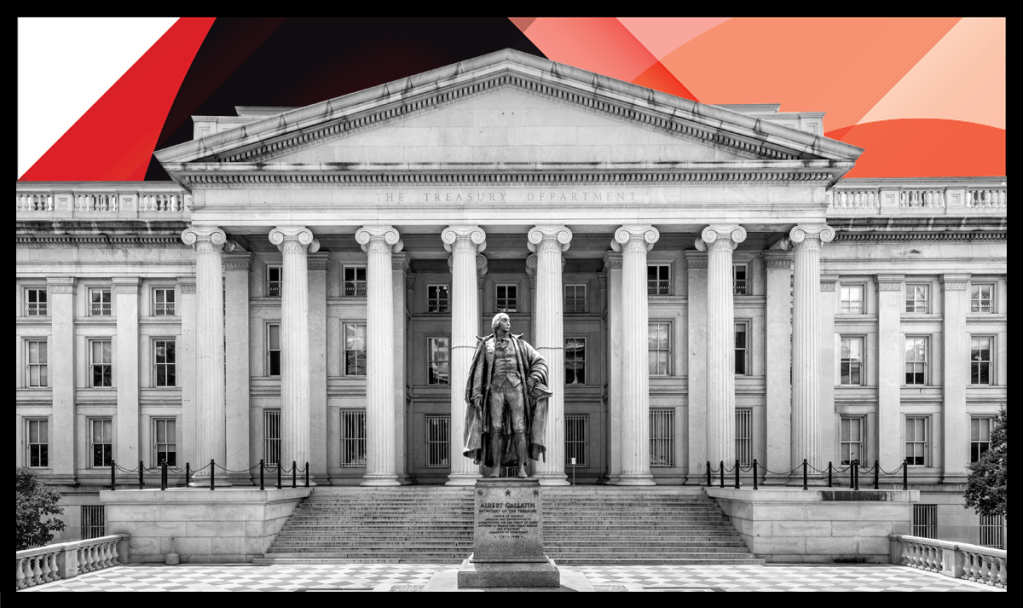
As the calendar flipped to 2021, it didn’t take long for the rise in mortgage rates. Just two weeks into the new year, Freddie Mac reported that mortgage rates climbed 14 basis points to 2.79%, a dramatic contrast to 2020, a year in which mortgage rates set record lows 16 times.
Economists across the housing industry believe the era of extreme low rates could be coming to a close, but the transition might be a slow burn.
Freddie Mac’s quarterly forecast estimates that the average 30-year fixed-rate mortgage will be 2.9% in 2021 and 3.2% in 2022. However, the factors that will drive mortgage rate movements are still up for debate.
HousingWire spoke to several economists in the housing industry to get their take on how high mortgage rates will climb in 2021, how lenders will respond, and what impact this will have on the housing market.
What the Fed giveth, can also taketh away.
As the coronavirus pandemic began to ravage the economy, Federal Reserve Chairman Jerome Powell announced in March the central bank would make “unlimited” mortgage backed securities purchases, pushing the average 30-year fixed mortgage rate down to 3.5% by the end of the month. It was the best option to prevent a credit crunch and jolt the economy by making borrowing cheaper, Powell reasoned.
Now, at an average of $120 billion a month — split between $80 billion in Treasuries and $40 billion in MBS — Fed holdings have surpassed $7 trillion, and Fed Vice Chairman Richard Clarida doesn’t see a pullback anytime this year.
The post Prepare for the rise in mortgage rates appeared first on HousingWire.
